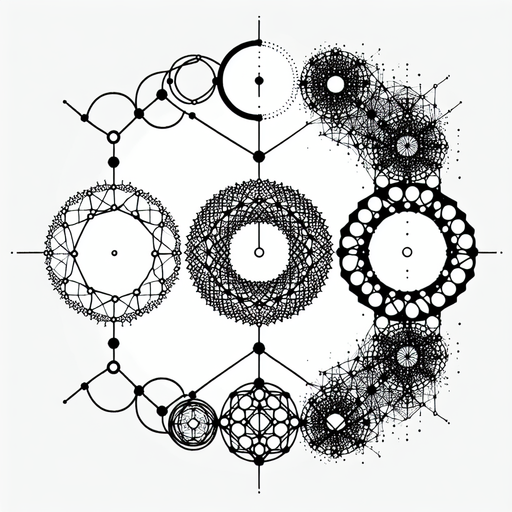Exponentially Increasing Complexity
Sometimes, adding just one more element to a simple system can dramatically increase its complexity. The "three-body problem" in physics serves as a vivid example of this principle. We have long understood how to track the path of a single body moving through space, or even two bodies orbiting each other. However, when a third body is introduced, the situation becomes remarkably complex.
So, why does the introduction of a third body make the problem so complex? In the three-body problem, each body is gravitationally influenced by the other two, resulting in an unpredictable dance that does not follow a simple pattern. The mathematics of such a system produces a set of nonlinear equations that are extremely challenging to solve, rendering long-term predictions about the system's behavior nearly impossible.
To deal with this complexity, scientists often simplify the problem. For instance, they might consider the "restricted three-body problem," where one body has negligible mass compared to the other two. This situation can model the trajectory of an asteroid, taking into account the sun and Earth. In such cases, if we overlook the forces that the smaller body exerts, the calculations become significantly simpler while maintaining a high level of accuracy.
The three-body problem is a reminder of how the introduction of a new element can transform a simple system into chaos, changing an otherwise straightforward problem into a challenge. However, it also illustrates our capacity to manage complexity, using innovative strategies to approximate and simplify. While the world around us may be filled with 'three-body problems', our ability to simplify enables us to navigate it with a degree of understanding and control.
Craving more? Check out the source behind this Brain Snack!


